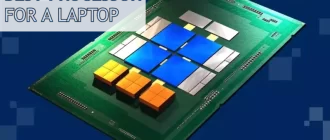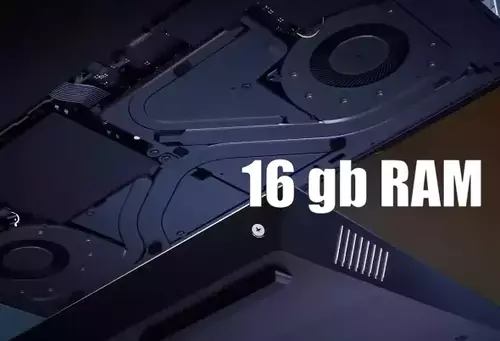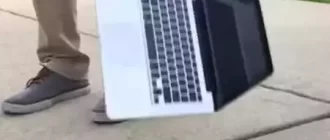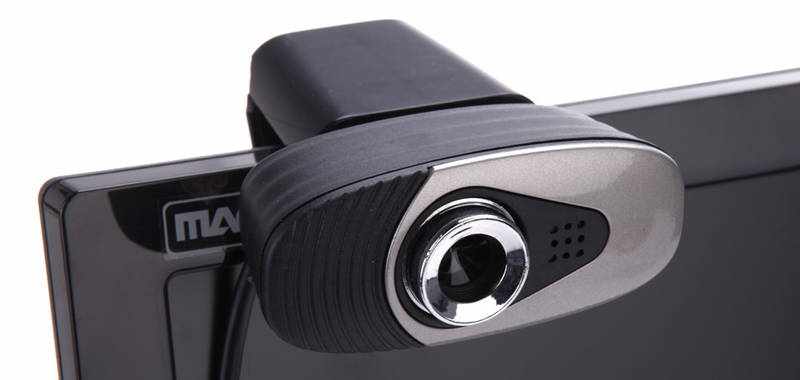If you’re having trouble with your computer’s video card, it’s important to be able to recognize the symptoms of a failing video card. Knowing the signs of a failing video card can help you diagnose the problem and take the necessary steps to fix it.
Video card failure symptoms
Here are some of the most common symptoms of a failing video card.
- Screen Flickering: One of the most common signs of a failing video card is a flickering screen. This can be caused by a variety of issues, such as a loose connection or a failing component. If you notice your screen flickering, it’s important to check the connections and make sure everything is secure.
- Distorted Images: Another symptom of a failing video card is distorted images. This can be caused by a failing component or a loose connection. If you notice that your images are distorted, it’s important to check the connections and make sure everything is secure.
- Poor Performance: If your video card is failing, you may notice that your computer’s performance is suffering. This can be caused by a failing component or a loose connection. If you notice that your computer’s performance is suffering, it’s important to check the connections and make sure everything is secure.
- Overheating: Overheating is another symptom of a failing video card. This can be caused by a failing component or a loose connection. If you notice that your video card is overheating, it’s important to check the connections and make sure everything is secure.

If you’re experiencing any of these symptoms, it’s important to take the necessary steps to diagnose and fix the problem. If the issue is a failing component, you may need to replace the video card. If the issue is a loose connection, you may need to tighten the connection or replace the cable. In any case, it’s important to take the necessary steps to diagnose and fix the problem.
See also: Video Card Location in Computer
How to Check
If you’re having trouble with your computer’s video card, it’s important to check if it’s working properly. This guide will walk you through the steps of checking your video card to ensure it’s functioning correctly.
- Check the Video Card’s Connections: First, make sure the video card is securely connected to your computer. Check the power cable and the video cable to make sure they’re firmly in place.
- Check the Video Card’s Drivers: Next, make sure the video card’s drivers are up to date. You can do this by visiting the manufacturer’s website and downloading the latest drivers.
- Run a Diagnostic Test: Once you’ve updated the drivers, you can run a diagnostic test to check the video card’s performance. Many video card manufacturers offer diagnostic tools that can be downloaded from their website.
- Check the Video Card’s Settings: Finally, make sure the video card’s settings are correct. You can do this by opening the video card’s control panel and checking the settings.
By following these steps, you can ensure that your video card is working properly. If you’re still having trouble, you may need to contact the manufacturer for further assistance.
The video card doesn’t work. What to do?
If your video card isn’t working, it can be a frustrating experience. Fortunately, there are a few steps you can take to try and get it working again.
First, check the connections. Make sure the video card is securely connected to the motherboard and that the power cable is connected properly. If the connections are loose, try tightening them.
Next, check the power supply. Make sure it is providing enough power for the video card. If it isn’t, you may need to upgrade the power supply.
Third, check the drivers. Make sure the video card drivers are up to date. If they aren’t, you can download the latest drivers from the manufacturer’s website.
Finally, if none of these steps work, you may need to replace the video card. Make sure to get a card that is compatible with your system.
Final word
By following these steps, you should be able to get your video card working again. If you have any questions, it’s best to consult a professional.

![Laptop Battle of [year]: Lenovo vs. Dell vs. HP](https://whattdw.com/wp-content/uploads/2023/03/1-18.webp)




